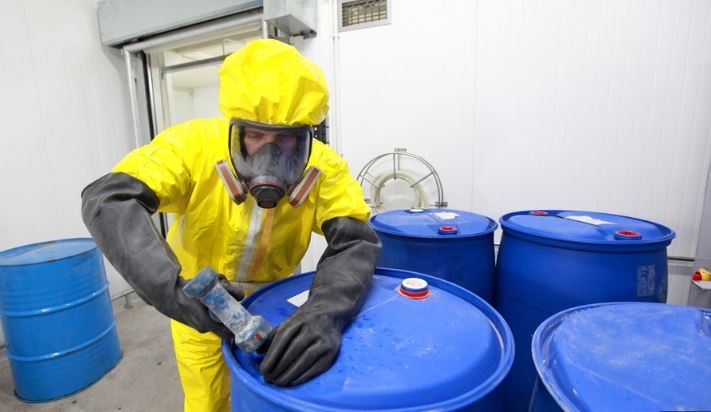Eco-friendly chemistry, also known as sustainable chemistry, focuses on designing chemical processes and products that minimize environmental impact. This field seeks to reduce or eliminate hazardous substances in chemical manufacturing, thereby promoting sustainability and safety. Green chemistry integrates principles from chemistry, environmental science, and engineering to create safer and more efficient chemical processes. By emphasizing the reduction of toxic by-products and resource conservation, green chemistry aims to contribute to a healthier environment and more sustainable industrial practices.

Green Chemistry An Overview
Principles of Green Chemistry
Green chemistry operates on several core principles designed to enhance sustainability and reduce environmental harm. These principles include waste prevention, atom economy, and the use of safer solvents and reagents. Waste prevention aims to reduce or eliminate the generation of waste rather than managing it after production. Atom economy focuses on maximizing the incorporation of all materials used in the final product. The use of safer solvents and reagents ensures that chemicals used in processes are less harmful to human health and the environment. By adhering to these principles, green chemistry strives to make chemical processes more efficient and environmentally friendly.
Applications in Industrial Processes
Green chemistry has broad applications across various industrial sectors, including pharmaceuticals, agriculture, and materials science. In the pharmaceutical industry, green chemistry principles help design drugs with fewer harmful side effects and reduce the environmental impact of drug production. Also, in agriculture, green chemistry contributes to the development of eco-friendly pesticides and fertilizers that minimize harm to ecosystems. In materials science, green chemistry facilitates the creation of sustainable materials and processes, such as biodegradable plastics and energy-efficient coatings. These applications demonstrate how green chemistry can lead to more sustainable and less environmentally damaging industrial practices.
Green Chemistry and Innovation
Innovation plays a crucial role in advancing green chemistry. Researchers and chemists continuously explore new methods and technologies to improve chemical processes and products. Innovations such as catalysis, which accelerates chemical reactions without being consumed, and green solvents, which are less harmful alternatives to traditional solvents, highlight the potential of eco-friendly chemistry. These advancements contribute to more efficient and sustainable chemical manufacturing, showcasing the ongoing evolution of eco-friendly chemistry practices.
Regulatory and Industry Support
Regulatory bodies and industry organizations support the adoption of eco-friendly chemistry through guidelines, incentives, and research funding. Governments and international organizations often establish regulations and standards that encourage the use of green chemistry principles in chemical manufacturing. Industry groups also promote green chemistry by offering certifications and recognition for companies that implement sustainable practices. This support helps drive the widespread adoption of eco-friendly chemistry and encourages continued innovation in the field.
Challenges and Future Directions
Despite its benefits, eco-friendly chemistry faces several challenges, including the need for cost-effective solutions and the integration of eco-friendly chemistry principles into existing industrial practices. Developing new green chemistry technologies and processes requires investment and research. Additionally, transitioning to greener practices may involve overcoming technical and economic barriers. However, the future of green chemistry looks promising as research continues to advance and more industries recognize the importance of sustainability. Continued innovation and support will help address these challenges and promote the widespread adoption of eco-friendly chemistry.
Conclusion
Green chemistry represents a significant shift towards more sustainable and environmentally friendly chemical practices. By focusing on waste reduction, safer materials, and innovative technologies, green chemistry aims to minimize the environmental impact of chemical processes and products. As research and industry support continue to grow, green chemistry will play an increasingly important role in creating a more sustainable future.




